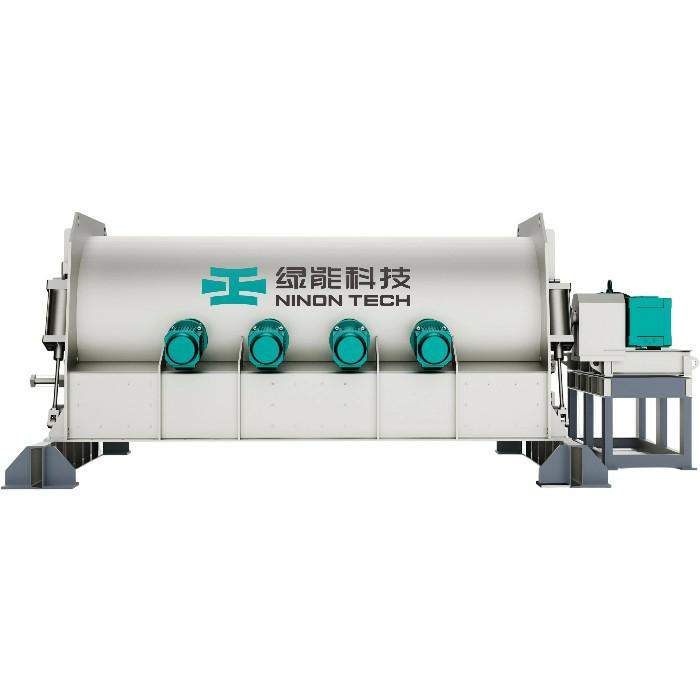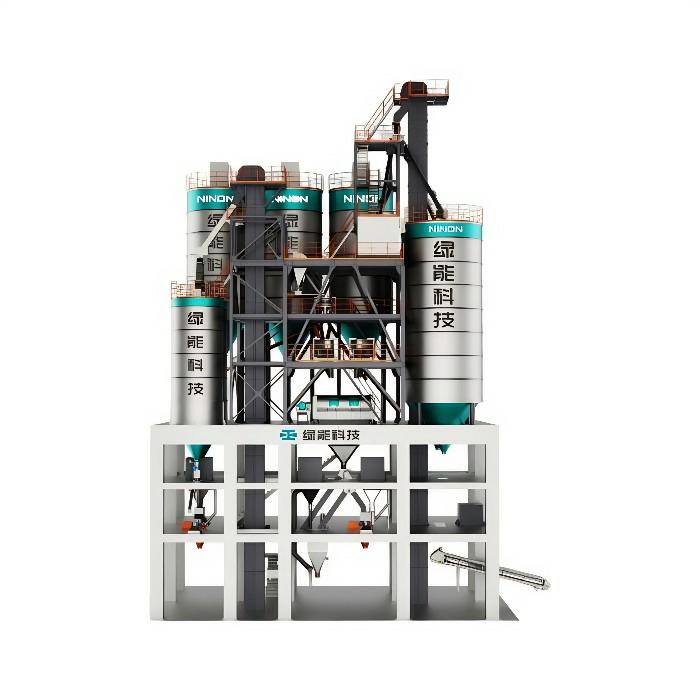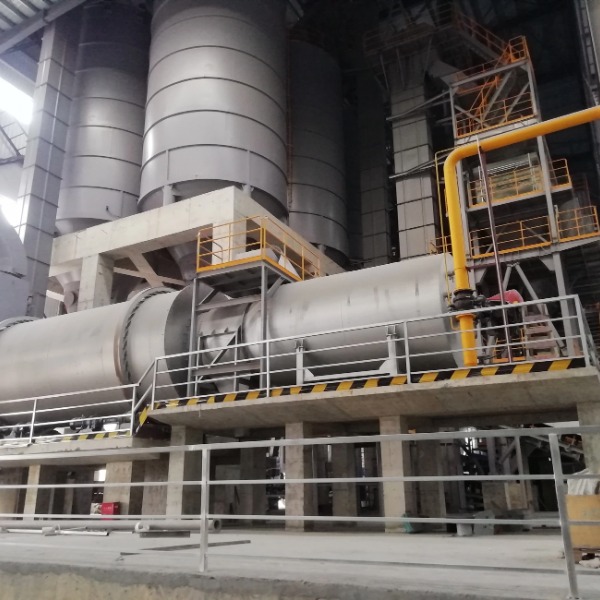In today's fast-paced construction industry, consistency, efficiency, and cost control aren't just goals—they're necessities. For teams tasked with producing mortar (the backbone of bricklaying, plastering, and tiling), choosing the right production setup can make or break a project.
Regarding to the dry mixed mortar plant: a specialized system designed to streamline mortar production, outperform traditional methods, and pair seamlessly with tools like the mortar mixer to deliver reliable results. But how does it stack up against other options, like the ready mixed mortar plant? Let's break down why a dry mixed mortar plant is becoming the go-to choice for forward-thinking contractors.
First, let's clarify the basics: A dry mixed mortar plant produces mortar in a dry, pre-blended form. Unlike wet mixes that require immediate use, dry mixed mortar is stored as a powder and only mixed with water on-site—using a mortar mixer—when needed. This eliminates waste from spoiled wet mortar and gives teams full control over consistency.


The mortar mixer is the unsung hero of the dry mixed mortar plant setup. High-quality mortar mixer models (often integrated into compact dry mixed mortar plant designs) ensure that dry powder blends with water evenly, avoiding lumps or uneven consistency that can weaken structures. Modern mortar mixer units even come with digital controls, letting operators adjust mixing speeds to match specific mortar types—whether it's a lightweight plaster mix or a heavy-duty masonry mortar. This level of precision is hard to achieve with manual mixing or even some ready mixed mortar plant deliveries, where batches can vary due to transport time.
Another key advantage of a mortar mixer is its flexibility. Construction sites rarely use just one type of mortar, and a well-designed dry mixed mortar plant can switch between mixes (e.g., tile adhesive, repair mortar, or thermal insulation mortar) in minutes. A dry mixed mortar plant can produce a small batch on-demand, paired with a mortar mixer to prepare it quickly. No waiting for a new delivery, no wasted excess.
Cost savings are another big draw. A dry mixed mortar plant reduces waste by 15-20% compared to traditional wet mixing, since dry powder has a longer shelf life and is only mixed when needed. It also cuts down on transportation costs: instead of paying for frequent ready mixed mortar plant deliveries (which require specialized trucks), teams can store bulk dry powder on-site and mix as they go. The mortar mixer itself is a cost-effective tool, too—modern models are energy-efficient and require minimal maintenance, lowering long-term operational expenses.
Finally, a dry mixed mortar plant supports sustainability—a top priority for today's construction industry. By reducing waste and minimizing transportation (which cuts carbon emissions), it aligns with green building standards. Even the mortar mixer plays a role here: many newer models use low-energy motors and are made from recycled materials, further shrinking the plant's environmental footprint. This is a stark contrast to some ready mixed mortar plant operations, which generate more emissions due to frequent truck trips and batch waste.

In short, a dry mixed mortar plant—paired with a high-performance mortar mixer—offers consistency, flexibility, and cost savings that the ready mixed mortar plant often can't match. For construction teams looking to stay competitive, reduce waste, and deliver high-quality work, investing in a dry mixed mortar plant isn't just a choice—it's a strategic move. Whether you’re working on a small residential project or a large commercial build, this setup ensures you have the right mortar, at the right time, mixed to perfection.

